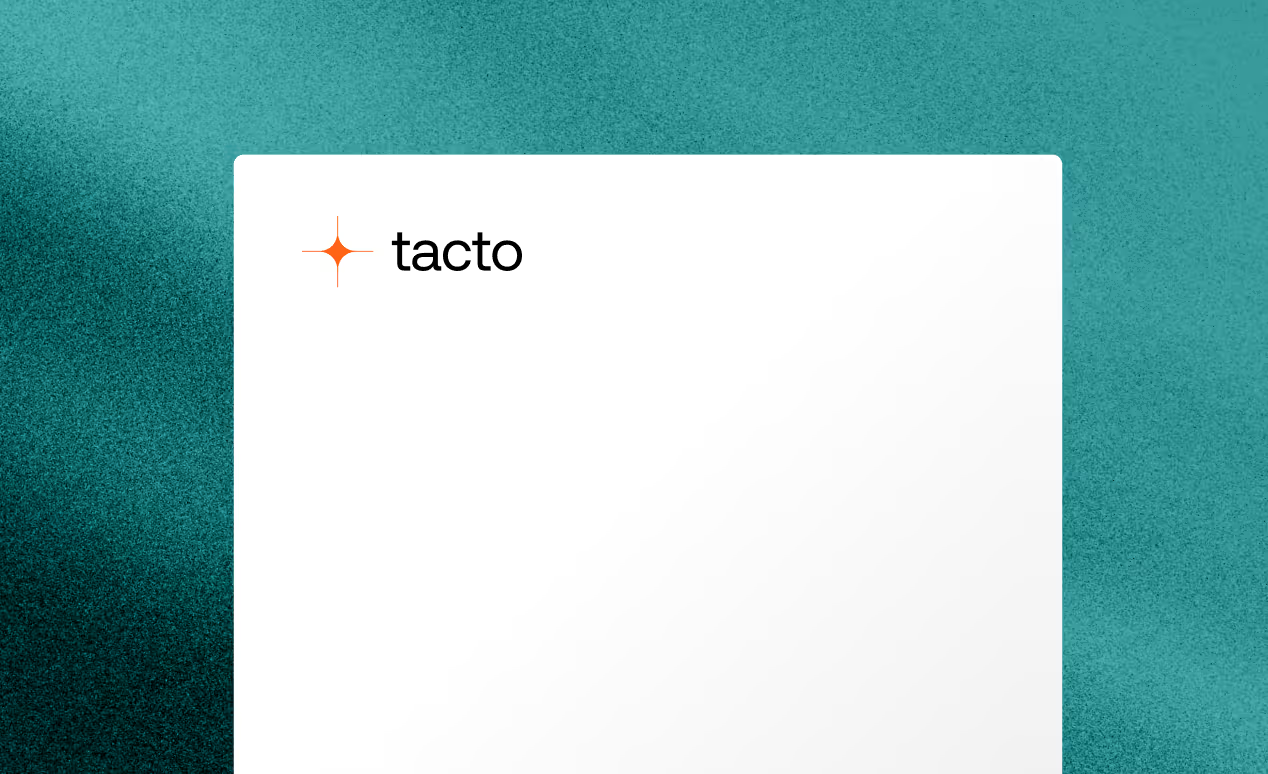Procurement Glossary
Purchasing organization: definition & important aspects for buyers
An efficient purchasing organization forms the foundation for successful procurement processes and contributes significantly to a company's competitiveness. This structured overview shows you the most important design elements and success factors for a high-performance purchasing department.
Purchasing organization in a nutshell:
A purchasing organization is the structural arrangement of all procurement-related tasks and responsibilities within a company. It enables efficient and cost-saving procurement of goods and services through clear responsibilities, defined processes and strategic orientation.
Example: A medium-sized company with 500 employees structures its Procurement into three areas (strategic Procurement, operational Procurement and project purchasing) with a total of 12 employees, which enables procurement costs to be reduced by 15% within a year.
Purchasing organization: Efficient structures for the procurement process
The purchasing organization is a fundamental building block for the successful operation of a company. It encompasses the structural and procedural design of all procurement-related activities and is largely responsible for the efficiency and profitability of the entire company. A well-thought-out purchasing organization makes it possible to optimize procurement processes, reduce costs and ensure security of supply. This guide examines the various aspects of procurement organization, from basic forms of organization to modern concepts and digital solutions.
What is a purchasing organization?
A purchasing organization is the structural design of purchasing within a company. It regulates the responsibilities, processes and hierarchies for the procurement of goods and services. The aim is to make Procurement efficient, optimize costs and ensure security of supply. Depending on the size and structure of the company, the purchasing organization can be centralized, decentralized or a mixture of the two.
Core elements of the purchasing organization
Significance for Procurement
A well-structured purchasing organization is crucial for the performance of the purchasing department and therefore for the success of the company. It enables efficient processes, clear communication and effective negotiations with suppliers. It also helps to minimize risk and supports the achievement of cost savings.
Purchasing organization: From traditional to modern structure
The purchasing organization is at the heart of every company and has a significant influence on the efficiency of procurement processes. Building on the theoretical foundation, its practical importance is enormous, as it has a direct impact on costs, quality and competitiveness. In an increasingly complex world, the need for a transformation from traditional to modern approaches is becoming ever more apparent in order to meet the challenges of the global market.
Old: Traditional purchasing organization
Traditional approach: The traditional purchasing organization is often characterized by a centralized structure in which decisions are made hierarchically from the top down. Purchasing processes are standardized, but not very flexible, and mainly use manual methods and paper-based systems. Tools such as telephone, fax and simple e-mails dominate communication. This type of organization leads to isolated departments, slow decision-making processes and limited transparency. The main problems are inefficient processes, higher costs due to a lack of bundling of requirements and a low ability to adapt to market analysis.
New: Agile Purchasing Organization
Agile Purchasing Organization: The modern approach is revolutionizing the purchasing organization through agility and decentralization. Teams work cross-functionally and are empowered to make decisions quickly, resulting in increased responsiveness. Innovative technologies such as e-procurement platforms, AI-powered analytics and cloud solutions are used to automate processes and make data available in real time. This enables a holistic view of the supply chain and promotes proactive rather than reactive measures. Practical benefits include an average cost reduction of 15%, improved supplier relationships through supplier management and increased competitiveness through faster time to market.
Practical example: Transformation at ABC GmbH
ABC GmbH, a medium-sized automotive supplier, has successfully modernized its purchasing organization. By switching to an Agile Purchasing Organization, the company was able to reduce its procurement costs by 18%. The implementation of a digital e-procurement system accelerated the ordering process by 40%, while transparency along the supply chain increased significantly. Collaboration with suppliers improved through joint development projects, which led to a 25% increase in innovation. Overall, ABC GmbH achieved a significant increase in its competitiveness and market position.
Conclusion on the purchasing organization
The implementation of a central purchasing organization is a strategic key to optimizing procurement processes. Through standardized processes, bundled requirements and digital solutions, companies can achieve significant cost savings and strengthen their negotiating position. Despite initial challenges during the changeover, the long-term benefits such as improved transparency, more efficient processes and a future-proof orientation of procurement outweigh the costs.





.png)
.png)
%20%E2%80%93%20Jakob%2C%20Ines.png)
%20%E2%80%93%20Jan%2C%20Jacob.png)
.png)
.png)


.png)
